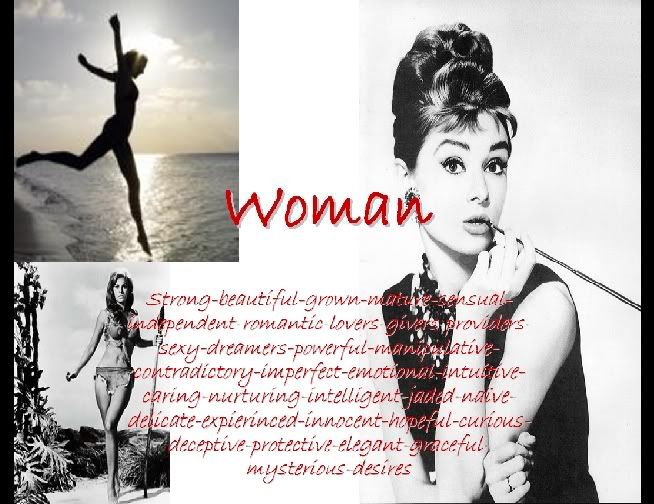And Red Comes Tumbling Down
In The Cut
The color red is so prominent in this film, it is often difficult to decide what exactly Campion is trying to depict with it. For the most part red is used as a sexual or dangerous color, as would be expected. However, there are a few scenes that stick out in my head as being uncharacteristic to this assumption and sometimes even disturbing to associate with those concepts. One scene in particular is when Franny and Malloy are in the car and Franny sees a little girl run down the street in a red dress next to a red car. I would think that such a young character would not be put in red because of her innocence. The only explanation I can come up with for that is possibly showing the danger that girl is in running around a bad neighborhood alone. Another place where I felt I had to interpret the color red was in Franny’s apartment. She has a red curtain around the window that overlooks the garden, which I take to suggest that that is where she would have seen the body parts and sees her stalker ex boyfriend, which are both dangerous and predatorial. In Franny’s bathroom, in the scene where Malloy is bathing her, the wall tiles are red. This reminded me not only of the sexual innuendo of him bathing her, but also of the blood-streaked walls in Pauline’s bathroom. In a way, that was a hint at what was to come between Franny and Malloy’s partner. Red is everywhere in this film. As powerful of a color as it is, if I were directing this movie I would constantly be concerned about overusing it. I often was reminded of The Sixth Sense when we watched this movie, and how M. Night Shyamalan made it a point to only have red in scenes where there was a ghost present. If there was ever any unintentional red in a shot, they would cut, remove it, and shoot again. I was constantly finding all the pieces of red in the scenes of In The Cut and trying to figure out what each meant, if anything at all. I feel that if Campion had been more particular about when and where there was red, especially in the backgrounds and edges of scenes, then that color would have had an even more striking impact.
Also-
Disarticulate means to separate at the joints.
-Cynthia






